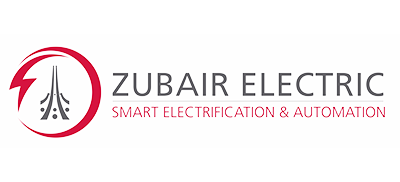- Access Control & Gate Barrier
- Audio Video Systems
- Building Management Systems
- CCTV Systems
- Disabled Toilet System
- Lighting Control Systems
- Fire & Voice Alarm Systems
- Guest Room Management Syst
- Home Automation
- ICT Infrastructure Solutions
- Master Clock System
- Nursing Call System & Isolation
- Security & Intercom Systems
- SMA TV & IP TV Systems
- Structure Cabling
- Uninterruptible Power Supply
Access Control & Gate Barrier
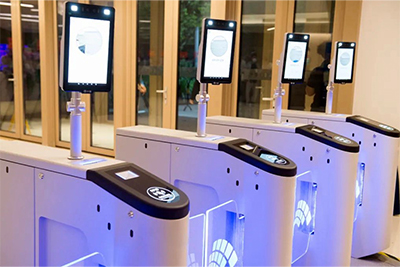
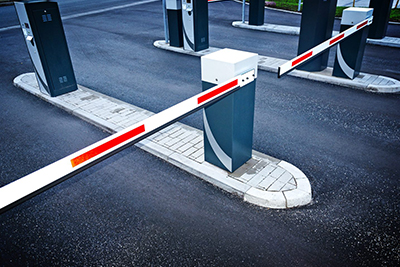
Access control and gate barrier systems are sophisticated security solutions that are commonly used to manage and control the movement of people and vehicles in various settings, such as residential communities, commercial properties, and industrial facilities.
Access control systems incorporate various components to restrict and monitor entry to specific areas or buildings. These components may include card readers, keypads, proximity sensors, or biometric scanners. Users are issued unique credentials, such as keycards or access codes, which they present or input into the access control device to gain entry. The system verifies the credentials and grants or denies access based on predefined authorization levels. This ensures that only authorized individuals can enter certain areas or access sensitive information or resources.
Gate barriers, on the other hand, are physical barriers that control the movement of vehicles at entry and exit points. These barriers can be raised or lowered based on instructions from the access control system. When a vehicle approaches, it must present a valid access card or use an intercom system to request entry. The access control system verifies the vehicle’s credentials and opens the gate barrier if access is granted. Gate barriers can be equipped with additional features such as vehicle detection sensors or license plate recognition cameras to automate the process and enhance security.
We Represent







Audio Video Systems
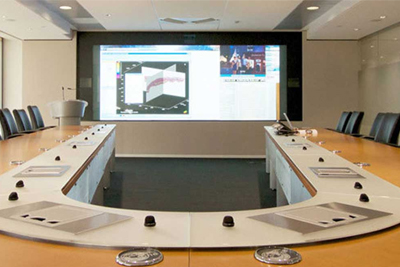
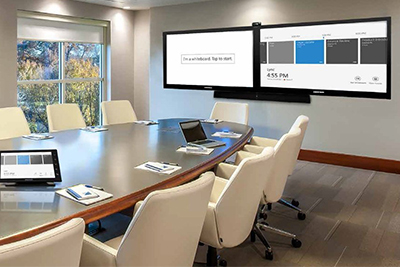
Audio video systems in the electrical industry refer to the integration and installation of audio and video equipment for various applications. These systems are commonly used in commercial, residential, and industrial settings to provide an immersive audio and visual experience.
Audio video systems typically include components such as speakers, amplifiers, microphones, projectors, screens, video walls, and control systems. These components are connected and configured to create a seamless audio and video setup for a variety of purposes, including presentations, entertainment, communication, and information dissemination.
Audio video systems are often installed in various environments, such as conference rooms, lecture halls, auditoriums, retail spaces, restaurants, hotels, and entertainment venues. These systems are designed to enhance the overall user experience and meet specific requirements, such as high-quality sound reproduction, clear visual display, and efficient control and management.
Furthermore, professionals in the electrical industry also focus on the control and management aspect of audio video systems. This includes programming and configuring control systems, such as touch panels or mobile applications, to provide users with easy and intuitive control over the audio and video setup. Integration with other systems, such as lighting, shading, or HVAC systems, may also be included to create a seamlessly automated environment.
We Represent


Building Management Systems
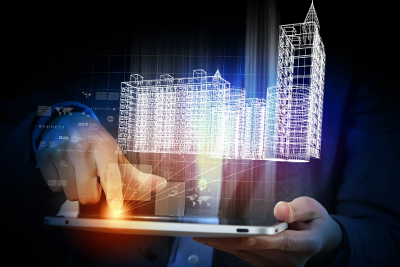
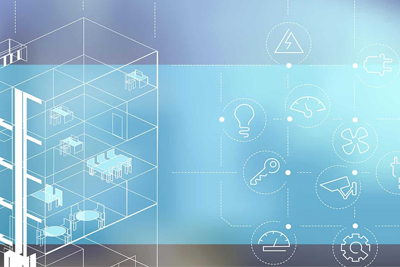
Building Management System (BMS), is an advanced technology that is used to monitor, control, and optimize various electrical and mechanical systems within a building or facility.
In the electrical context, a BMS is responsible for managing and controlling the electrical infrastructure of a building. This includes monitoring and controlling aspects such as power distribution, lighting, HVAC (Heating, Ventilation, and Air Conditioning), and other electrical equipment.
The main purpose of a BMS in the electrical domain is to increase energy efficiency, reduce operating costs, and improve occupant comfort and safety. The system achieves this by gathering data from sensors, meters, and other monitoring devices, and using that data to make informed decisions and adjustments to the electrical infrastructure.
For example, a BMS can monitor the power consumption of different electrical systems within a building. By analyzing this data, the system can identify areas of high energy usage or inefficiency and make adjustments to optimize energy consumption. This may involve scheduling lighting and HVAC systems to operate only when needed, ensuring that energy is not wasted during unoccupied periods.
A BMS can also provide real-time alerts and notifications in the event of electrical faults or anomalies. For instance, if a power overload or short circuit is detected, the system can immediately notify the building maintenance team or automatically shut off the affected circuits to prevent further damage or hazards.
We Represent



CCTV Systems
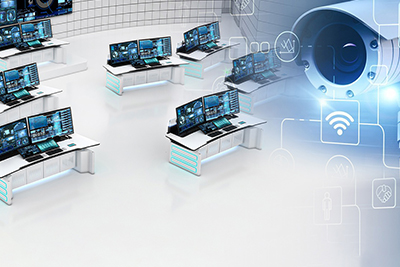
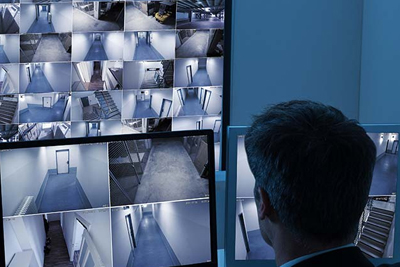
CCTV systems typically consist of multiple components, each serving a specific purpose. The primary component is the CCTV camera, which captures video footage of the designated area. There are various types of CCTV cameras available, including dome cameras (mounted on ceilings), bullet cameras (mounted on walls or posts), and pan-tilt-zoom (PTZ) cameras (offering controllable movement and zoom capabilities). These cameras may also include features such as infrared (IR) technology for low-light or nighttime surveillance.
The captured video footage is then transmitted to a monitor, which displays the live or recorded footage for real-time monitoring and analysis. Monitors can range in size and resolution, depending on the specific requirements of the surveillance system.
In addition to cameras and monitors, CCTV systems also include recording devices known as Digital Video Recorders (DVRs) or Network Video Recorders (NVRs). These devices store and manage the video footage, allowing for easy retrieval and playback when needed. Some modern CCTV systems may also utilize cloud-based storage for convenient and scalable storage solutions.
We Represent





Disabled Toilet System
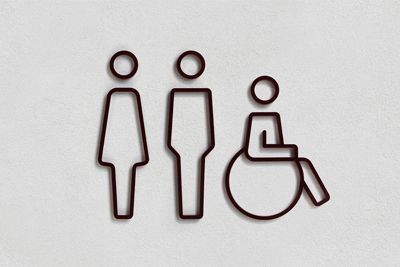
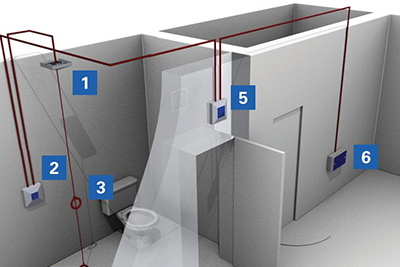
Disabled toilet systems refer to a specialized restroom facility designed to cater specifically to the needs of individuals with disabilities or mobility impairments. In this context, a disabled toilet system may incorporate various assistive technologies and features to provide a safe and accessible environment for people with disabilities.
Some of the components and features commonly found in a disabled toilet in the ELV business may include:
- Accessible Layout: The layout of the disabled toilet is designed to accommodate individuals using mobility aids such as wheelchairs or walkers. It typically includes wider doorways, spacious interior space, and manoeuvring clearance to ensure easy access and movement.
- Automatic Door Openers: To assist individuals with limited mobility, the disabled toilet may have automatic door openers that allow the door to open and close automatically with the push of a button or via motion sensors.
- Emergency Call System: An emergency call system is often installed within the disabled toilet system to provide a means of communication in case of an emergency. It allows individuals to call for assistance if needed.
- Assistive Technologies: In the ELV business, the disabled toilet may incorporate specific assistive technologies such as voice-activated controls, touchless faucets, automatic flushing systems, or sensor-activated lights to improve accessibility and ease of use for individuals with disabilities.
We Represent

Lighting Control Systems
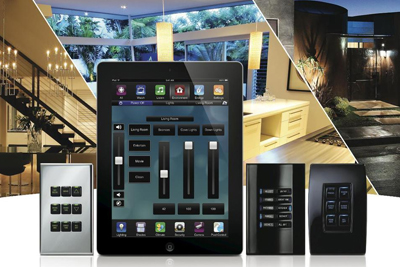
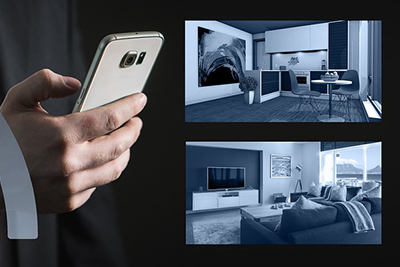
Lighting Control Systems represent advanced technologies used to manage and oversee various aspects of lighting in both residential and commercial environments. These systems provide sophisticated control capabilities, empowering users to personalize and automate their lighting to suit their unique requirements.
Fundamentally, lighting control systems consist of interconnected lighting fixtures, sensors, controllers, and software components that collaborate to offer versatile and efficient lighting management. These systems extend their control to various facets of lighting, encompassing attributes like brightness, color, timing, and zoning.
One of the primary merits of lighting control systems is their focus on energy efficiency. By incorporating features like occupancy sensors and daylight harvesting, these systems can automatically adapt lighting levels based on factors such as occupancy and natural light availability. This not only results in energy savings but also contributes to reduced electricity expenses and a smaller carbon footprint.
We Represent








Fire & Voice Alarm Systems
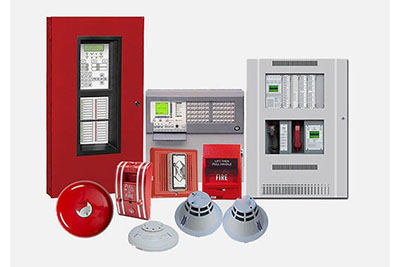
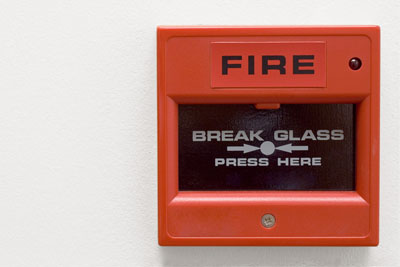
Fire and voice alarm systems are essential components of a comprehensive fire safety strategy in buildings and premises. These systems are designed to detect and notify occupants of a fire or emergency situation, ensuring a timely and organized response to protect lives and property.
Fire alarm systems comprise a network of sensors, control panels, and notification devices that work together to detect the presence of fire, smoke, or heat. These sensors are strategically placed throughout the building and can detect even small amounts of smoke or a rise in temperature. Once an alarm is triggered, the control panel activates the notification devices, including bells, sirens, strobe lights, and voice evacuation systems, to alert occupants and provide clear instructions on how to safely evacuate the premises.
Voice alarm systems are an essential part of fire safety, especially in large or complex buildings. They integrate with fire alarm systems and use pre-recorded or live voice messages to provide specific instructions to occupants during an emergency. These systems can deliver tailored evacuation messages to different areas or zones within a building, ensuring that occupants receive the appropriate information and guidance based on their location. Having robust fire and voice alarm systems in place is crucial for the safety of occupants and the protection of property. These systems ensure early detection, rapid notification, and clear instructions, allowing for an orderly and effective response in the event of a fire or emergency.
We Represent

Guest Room Management Syst
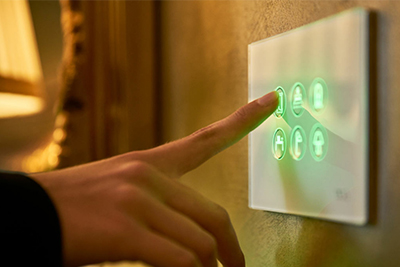
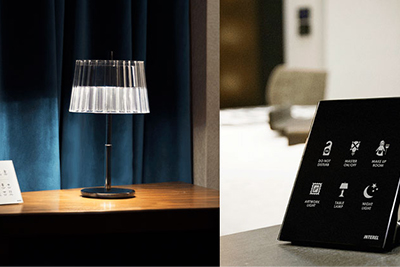
Guest Room Management System (GRMS) is an advanced technology used in the hospitality industry to control and manage various electrical systems and devices within guest rooms. It is designed to enhance guest comfort, improve energy efficiency, and streamline hotel operations.
A GRMS typically consists of a central control unit connected to a network of sensors, switches, and devices in each guest room. The system allows hotel staff to monitor and control various electrical functions within the room, such as lighting, HVAC, blinds, and electronic devices.
With a GRMS, guests can have personalized control over the comfort settings in their rooms, such as adjusting the temperature, lighting intensity, or opening and closing blinds, through a user-friendly interface like a wall-mounted touch panel or mobile application.
From an energy management perspective, a GRMS can help hotels optimize energy consumption by implementing smart features like occupancy-based controls. The system can detect when a room is vacant and automatically adjust settings to conserve energy. For example, it can turn off lights, set the HVAC to an energy-saving mode, or power down unused devices.
We Represent







Home Automation
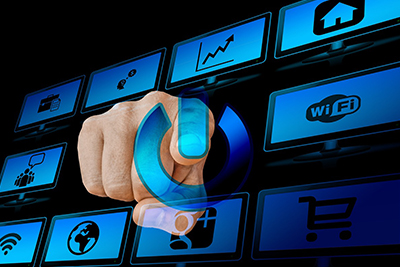
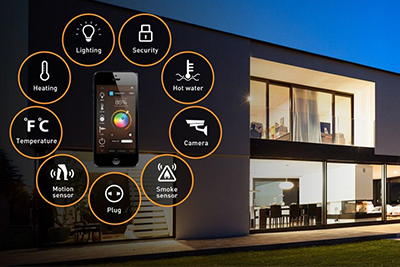
Home automation refers to the use of technology and smart devices to automate and control various aspects of a home, providing homeowners with increased convenience, comfort, and efficiency.
At its core, a home automation system consists of a central hub or controller that connects and communicates with various devices and appliances throughout the home. These devices can include lighting fixtures, thermostats, security cameras, door locks, window blinds, entertainment systems, and more. By integrating these devices into a single network, homeowners can easily manage and control them remotely using their smartphone, tablet, or voice commands.
One of the key benefits of home automation is convenience. Homeowners can set up schedules and timers for different devices, allowing them to automate tasks and routines. For example, they can program the lights to turn on or off at specific times, automatically adjust the thermostat based on their preferred temperature settings, or even start the coffee machine before waking up in the morning.
Home automation also offers enhanced security and peace of mind. With connected security cameras and door locks, homeowners can monitor and control their home’s security remotely. They can receive notifications and alerts on their mobile devices if there is any suspicious activity, and they can even remotely lock or unlock doors to allow access to trusted individuals or service providers.
We Represent





ICT Infrastructure Solutions
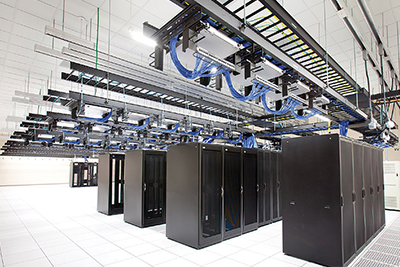

ICT infrastructure solutions refer to the comprehensive set of technologies, systems, and services that enable organizations to establish, manage, and maintain their information and communication technology (ICT) infrastructure. This infrastructure serves as the foundation for all digital operations, communications, and data management within an organization. ICT infrastructure solutions aim to optimize efficiency, scalability, reliability, and security in an organization’s digital operations. They help businesses streamline their IT processes, enhance communication and collaboration, improve data management, and ensure the availability and integrity of critical systems and information.
We Represent

Master Clock System

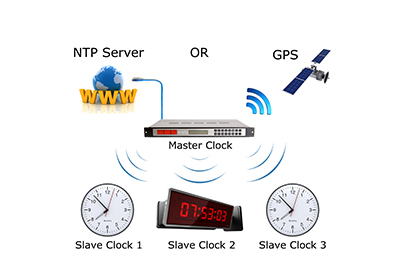
A master clock system is a synchronized timekeeping system that is used to ensure accurate timekeeping throughout a facility or organization. The system consists of a master clock, which serves as the central time source, and secondary clocks or timekeeping devices that are synchronized to the master clock.
The master clock in a master clock system typically receives time signals from a reliable external time source such as a GPS satellite, atomic clock, or time code transmitter. It uses these signals to maintain precise and accurate timekeeping. The master clock also acts as a control centre for managing and distributing the time signal to the secondary clocks or timekeeping devices.
Secondary clocks in a master clock system can be analogue or digital, and they can be installed in various locations within the facility. These clocks receive the time signal from the master clock and display the correct time consistently. Depending on the system, secondary clocks may be wired or wireless, allowing for flexible placement and installation.
We Represent
Nursing Call System & Isolation
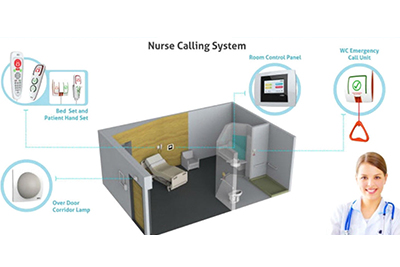
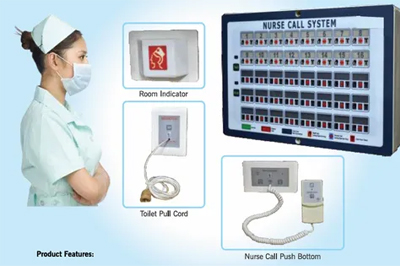
Nursing Call System:
A nursing call system is an integral part of healthcare facilities, specifically designed to facilitate communication between patients and healthcare providers. It helps patients easily alert and communicate with nurses or caregivers when they require assistance or have an emergency. The system typically comprises a network of call buttons installed in patient rooms, bathrooms, and common areas, connected to a central monitoring station or nurse’s station. When a patient presses the call button, the system alerts the nursing staff, enabling them to respond promptly to the patient’s needs. The system may also incorporate features such as voice communication, bed alarm integration, and patient monitoring capabilities to enhance patient care and safety.
Isolation Panels:
In the ELV (Extra Low Voltage) business, isolation panels play a critical role in managing and controlling electrical power distribution and isolation in various settings. Isolation panels are essential in environments where specific electrical circuits or equipment need to be isolated from the main power supply or other areas for safety purposes. These panels are typically installed in hospitals, laboratories, cleanrooms, or any facility requiring precise control over electricity supply and isolation. Isolation panels ensure that any electrical faults or issues within a particular circuit or equipment do not affect the entire electrical system. They incorporate various safety mechanisms such as circuit breakers, fuses, isolation switches, and grounding systems to isolate and protect electrical circuits, minimizing the risk of electric shocks, fire hazards, or damage to equipment. Overall, isolation panels are crucial components in ensuring electrical safety and maintaining the integrity of electrical systems in diverse industrial and commercial settings.
We Represent
Security & Intercom Systems
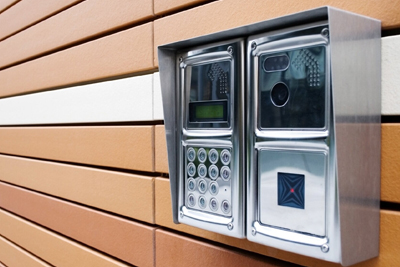
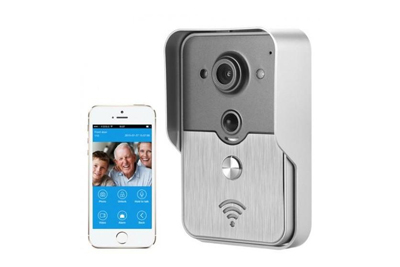
Security and intercom systems are advanced technological solutions designed to enhance safety and communication in various settings, including residential buildings, commercial properties, educational institutions, healthcare facilities, Industrial Segments and various other projects.
Security systems typically include a combination of components such as sensors, alarms, cameras, access control devices, and monitoring systems. These components work together to prevent unauthorized access, detect intruders, and provide a safe and secure environment. Sensors, such as motion sensors, door/window sensors, and glass break sensors, monitor the premises for any unusual activity or breaches. If a sensor is triggered, the alarm system alerts occupants and potentially notifies a security service or authorities.
Cameras play a crucial role in security systems, providing visual monitoring and recording of the premises. These cameras can be strategically placed indoors and outdoors to capture live or recorded video footage. They can be connected to a Network Video Recorder (NVR) or Digital Video Recorder (DVR) for storage and retrieval of the video data. Advanced security camera systems may also incorporate features such as wide dynamic range, night vision, and pan-tilt-zoom capabilities for enhanced surveillance coverage and image quality.
We Represent



SMA TV & IP TV Systems

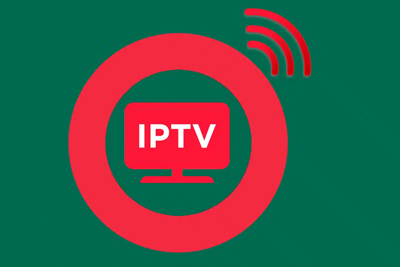
SMATV (Satellite Master Antenna Television) and IPTV (Internet Protocol Television) systems are both methods used to distribute television signals to multiple televisions or devices in a building or complex. Here is a description of each system:
- SMATV System:
A SMATV system is a closed-circuit television distribution system that typically uses a single satellite dish or multiple satellite dishes to receive satellite signals. These signals are then distributed through a coaxial cable network to individual televisions in a building or complex. The system can be used to distribute free-to-air satellite channels, as well as premium satellite channels that require a subscription.
SMATV systems are commonly used in commercial and residential buildings such as hotels, hospitals, apartment complexes, and office buildings. They allow for the central management and distribution of television channels to multiple displays, providing TV entertainment options to residents, guests, or employees.
- IPTV System:
IPTV, on the other hand, refers to the delivery of television content and other multimedia services over an IP (Internet Protocol) network. Instead of using traditional broadcast or satellite signals, IPTV uses internet protocols to deliver television channels and on-demand content.
In an IPTV system, television signals are encoded into IP packets and delivered to an IPTV server. From there, the content is distributed to individual televisions or devices connected to the IP network (LAN or Internet). Users can access the IPTV service through a set-top box, a smart TV, or a dedicated IPTV application on their devices.
We Represent

Structure Cabling
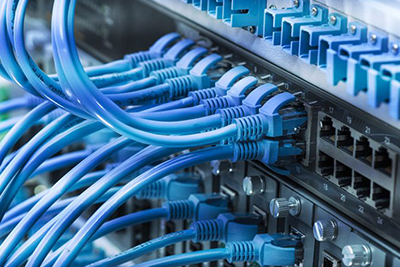
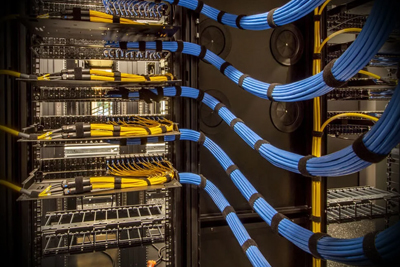
Structured cabling refers to the design and installation of a network infrastructure that supports multiple devices and applications within a building or campus. It involves the implementation of a standardized system for connecting and organizing all the network components, including computers, servers, switches, routers, and other devices.
The main goal of structured cabling is to provide a reliable and efficient network infrastructure that can handle the current and future data, voice, and video requirements of an organization. It follows a set of industry standards, such as the TIA/EIA-568 or ISO/IEC 11801, to ensure consistency, scalability, and flexibility.
We Represent



Uninterruptible Power Supply
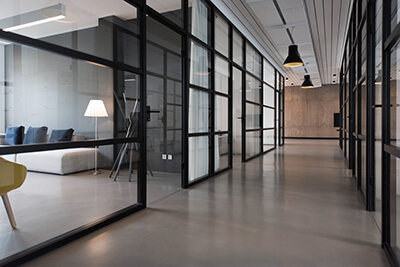

Uninterruptible Power Supply (UPS) is a device that provides backup power to critical electrical equipment during power outages or fluctuations. A UPS consists of a battery, an inverter, and a charger. When the utility power supply is normal, the UPS charges its internal battery, ensuring it is fully charged and ready for use. At the same time, it passes the utility power through to the connected equipment, ensuring a consistent power supply.
In the event of a power outage or abnormal voltage drop or surge, the UPS immediately switches to battery power. The inverter converts the DC power from the battery into AC power, allowing the connected equipment to continue operating without interruption. The seamless transition from utility power to battery power ensures a continuous and uninterrupted power supply, protecting sensitive devices from potential damage caused by sudden power loss or voltage fluctuations.
UPS units come in various sizes and capacities, ranging from small desktop models for personal computers to large industrial units capable of powering entire data centers. They can be either standalone units or rack-mounted, depending on the specific requirements of the installation.
We Represent




